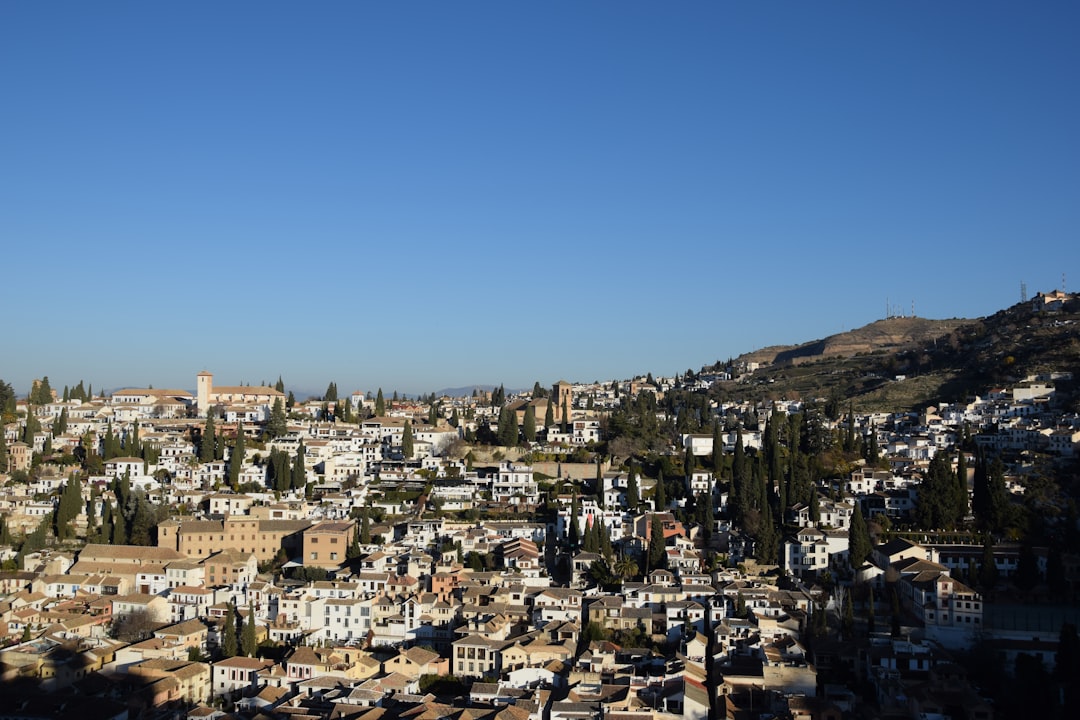In a significant development underscoring the complexities of faith in a globalised world, the International Society for Krishna Consciousness (ISKCON) has formally communicated to the Shree Jagannath Temple Managing Committee (SJTMC) that holding the annual Rath Yatra festival on a single, synchronised date across the globe is “not possible.”
Puri Temple Committee’s Push for a Unified Date
The response from ISKCON comes after the SJTMC, the apex body governing the revered 12th-century shrine in Puri, proposed that all Rath Yatras organised by ISKCON and other Hindu organisations worldwide should coincide with the date of the grand festival in Puri. This date is determined by the Hindu lunar calendar, or tithi. The committee’s intention was to uphold the sanctity and uniformity of the ancient tradition, ensuring that the rituals performed globally align perfectly with the original event at the Jagannath Dham.
Logistical Hurdles in Global Cities
However, ISKCON, the organisation largely credited with popularising the Jagannath Rath Yatra on a global scale, has laid bare the immense logistical hurdles that make such a synchronisation unfeasible.
In a detailed letter, ISKCON authorities explained that their Rath Yatras, held in major metropolises like New York, London, and Sydney, are massive public events requiring months of planning with local authorities. The primary challenge is that the auspicious tithi for the Puri Yatra often falls on a weekday.
“Organising a parade that involves shutting down major city arteries like London’s Piccadilly Circus or New York’s Fifth Avenue is a monumental task,” a source within ISKCON explained. “Municipal permissions, police deployment, and traffic management are granted almost exclusively for weekends to minimise disruption to city life and maximise public participation.”
Holding the festival on a weekday, they argue, would not only be a logistical nightmare but would also drastically reduce devotee and public attendance. The core objective of ISKCON‘s global Rath Yatras is outreach—to bring the blessings of Lord Jagannath to the widest possible audience. A weekday event would defeat this purpose.
A Dialogue on Tradition and Adaptation
ISKCON reiterated its profound respect for the Puri temple, acknowledging it as the eternal epicentre of Jagannath culture. They clarified that their celebrations are inspired by and performed in honour of the Puri Yatra, not in competition with it. For decades, they have successfully adapted the festival to different cultural contexts, transforming it into a vibrant celebration of Indian heritage that attracts people from all walks of life.
This response opens a crucial dialogue about tradition versus adaptation. While the SJTMC‘s desire to preserve the festival’s authenticity is commendable, ISKCON‘s position highlights the practical realities of taking an ancient Indian festival to the world stage—a classic case of sacred time clashing with secular calendars.
The ball is now back in the SJTMC‘s court. It remains to be seen if a middle ground can be found, perhaps involving global celebrations acknowledging the Puri tithi with special pujas while holding the main public procession on the nearest weekend.
For now, while the chariots of Lord Jagannath, Balabhadra, and Subhadra roll out in Puri on the sacred day, their global journeys will continue to follow a path dictated by modern-day pragmatism. The spirit remains the same, even if the dates differ.




